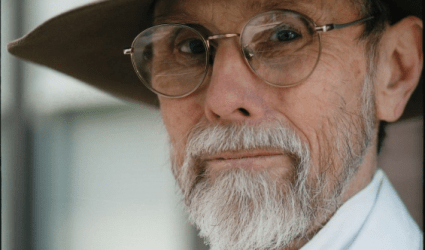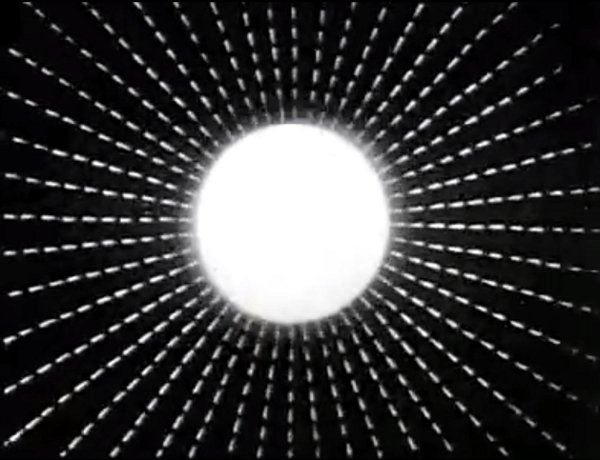
Bruce Conner films at International House
This weekend, Sept. 23 and 24, International House Philadelphia hosted “Bruce Conner: The Art of Montage,” two nights of films by Bruce Conner projected in their original 16 millimeter format. Conner, known for his use of black-and-white images and a pioneer in the use of found footage, is one of the last century’s most recognizable names in a genre often referred to as “experimental film.” Co-presented by the Center for Visual Culture and the Program in Film Studies at Bryn Mawr College, after the screenings there was a biographical lecture and Q&A by film scholar Bruce Jenkins and Michelle Silva of the Conner Family Trust.
As it turns out, Conner himself rejected the notion that his films were “experimental,” seeing as they were quite meticulously created and very much planned. He was also somewhat unwilling to be touted as a filmmaker; he considered himself a visual artist first and foremost. Born in Kansas in 1933, he eventually moved to San Francisco where he became a major player in the birth of the city’s art and film community. He worked alongside the likes of Larry Jordan and Dennis Hopper.
Saturday night’s screening began with a pair of music videos that Conner created for Devo’s song “Mongoloid” and the track “Mea Culpa” from David Byrne and Brian Eno’s album “My Life in the Bush of Ghosts.” A master of the montage, Conner’s films here use flashes of found footage from old promotional clips, commercials and scientific films. He strings the images together to form very loose, surreal narratives and quirky juxtapositions. The films are very telling of his other work as a collage artist, as well as his diverse sources of inspiration from the Marx Brothers to Sigmund Freud.
Following the two musical pieces, there was a showing of “Crossroads.” In this film, Conner explores stock footage of military atomic bomb testing at Bikini Atoll. Very interested in the power of the bomb and the fear of nuclear annihilation, the film runs for more than 30 minutes, and the slow-motion takes and multiple perspectives of the blast begin to lose their meaning. By the end of the piece, when a synthesizer track begins to play, the white plumes of steam and massive explosions seem more like painterly expressions and motion studies, not some of the most destructive forces known to humanity.
The screenings ended with two different versions of a trippy, autobiographical film entitled “Looking for Mushrooms.” The imagery is partly documentary footage from Conner and his wife’s stay in Mexico, but it also goes back in time to include snippets from his artistic and personal life in San Francisco. As Jenkins revealed in his talk, one of the figures whose face we never see, is none other than Timothy Leary — the mushroom hunter from which the films take their name. One version is much slower, but both include color and layering techniques, which are surely not accidentally reminiscent of a psychedelic experience.
International House presented a very impressive retrospective of Conner’s film work and also shed light on his other, perhaps less-known artistic past and personal life. Keep on top of the International House schedule for future music and film shows, as they always have a full calendar of cultural events.
International House Philadelphia is located at 3701 Chestnut St.; 215-387-5125.
Recent Content
-
Artsarticle ·
-
Artsarticle ·
-
Artsarticle ·

